5 Factors That Affect The Cost Of Your Monthly Insurance Premiums
Your car insurance costs are, in a way, a reflection of who you are as, in most instances, the rates you pay are determined by factors such as where you live and your driving history.
Your car insurance costs are, in a way, a reflection of who you are as, in most instances, the rates you pay are determined by factors such as where you live and your driving history.
Frontal airbags are standard equipment in cars and contrary to what some drivers think about their effectiveness, airbags greatly reduce injury and save lives.
Running out of fuel can have worse consequences than embarrassment and losing one’s street cred. It can cause serious damage to your vehicle.
Wheel alignment helps your tyres last longer and to perform efficiently. It also improves handling as well as prevents your car from pulling to one side.
Here are a few signs that your wheels need realignment:
Load-shedding leaves many motorists frustrated and confused, and in this article we aim to provide tips to help maintain safety and sanity.
Load-shedding leaves many motorists frustrated and confused. No matter the time of day or night, load-shedding means more time spent in traffic, and the potential to be affected by another driver’s ill-thought-out actions. One place in particular where this occurs is at traffic lights.
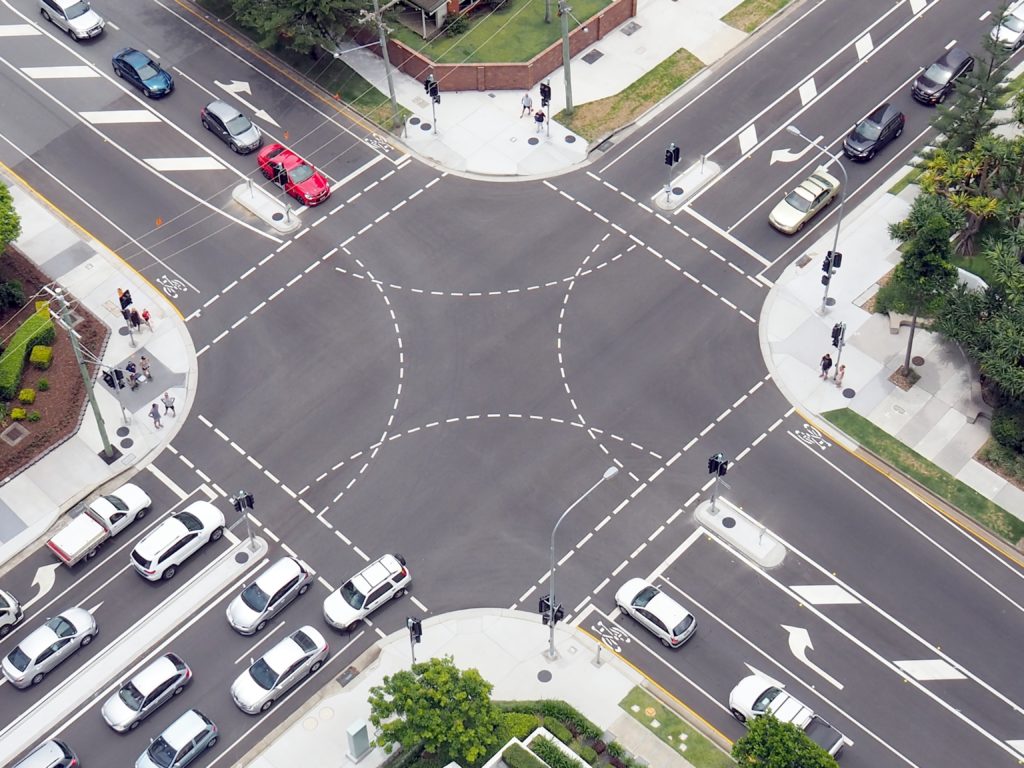
In theory, every driver knows that an intersection that is normally managed by traffic lights becomes a four-way stop when the lights are out. Many drivers, however, do not follow this rule, consequently, creating chaos at intersections.
Here are a few tips to keep in mind as you navigate junctures. Hopefully, these will help you safely make your way through.
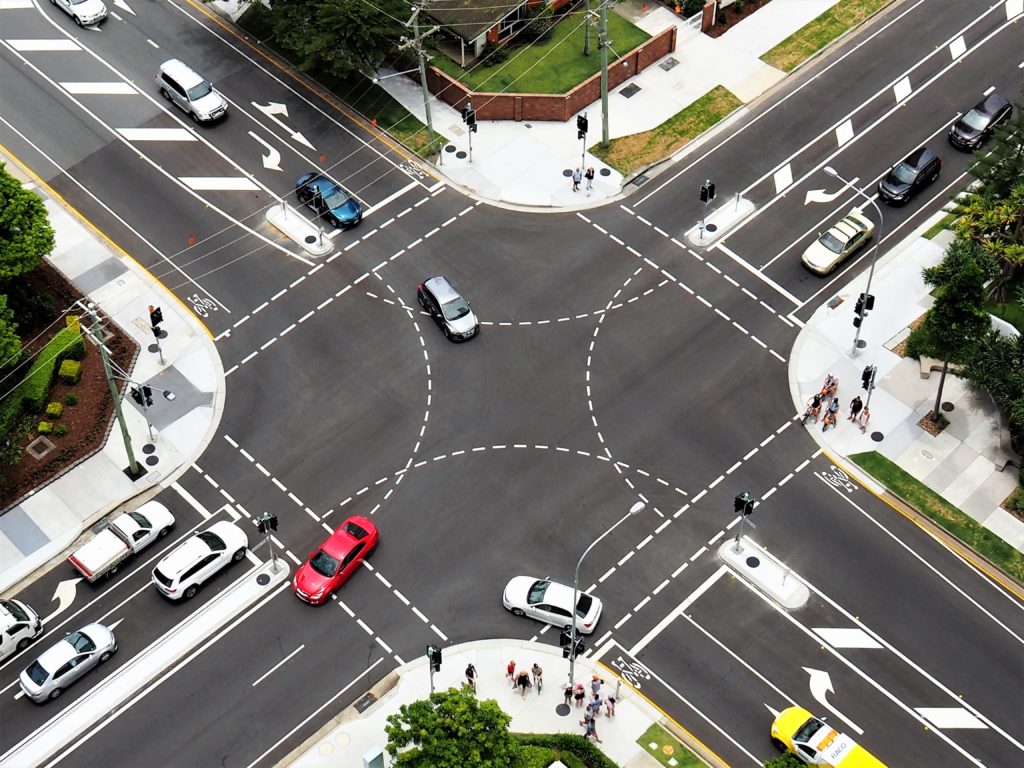
The most important tip: check, double-check and check again before you enter an intersection and even as you make your way across it. Load-shedding is creating many unnecessary challenges for drivers, but regardless of such, the unfortunate truth is that as long as there is load-shedding, all motorists need to be prepared to drive defensively.
As the saying goes, prevention is better than cure and this applies to vehicle maintenance too!
There are 3 main types of maintenance service your vehicle needs and in order to get the best out of your vehicle and to keep it running optimally, all motorists should adhere to the car manufacturer’s service intervals.
When it comes to the type of service your vehicle is due for, largely depends on your car’s mileage. These are the different types of scheduled maintenance options:
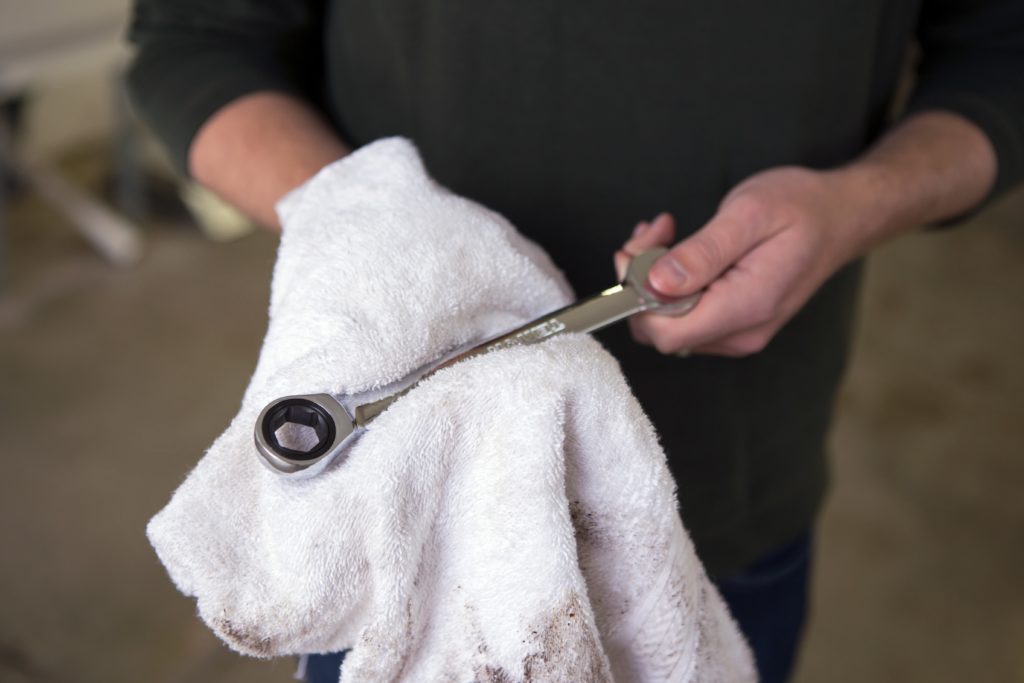
Aside from the actual work performed, a service is also an opportunity for the technician or mechanic to inspect things that you as the owner may not be aware of. Compare it to a visit to the doctor: you can either go when you have an illness, or you can go for a regular check-up and see if they pick up a problem.
Servicing your vehicle means that you will always be aware of the condition of your vehicle. For example, you may not know if your car needs a new wheel bearing or shock absorber, or that your brakes are nearing replacement time.
“Regular services allow the technician or mechanic to check for and inform you of any problem or issue before it becomes costly to replace or even fails completely, which could place both the vehicle and your safety on the road at risk. Mitigating risk at every turn is your responsibility as a vehicle owner,” says Kutlwano Mogatusi, WesBank’s Communications Specialist.
With the relaxation of national lockdown levels many South African holiday seekers will be hitting the road for the festive season. Jaguar Land Rover is offering some appetising deals for drivers of its vehicles ahead of any planned road trips.
Any Jaguar or Land Rover driver in South Africa is welcome to schedule complimentary vehicle safety checks and premium valet services at any dealer nationwide. This service is available for all Jaguar and Land Rover vehicles, whether they are within their valid Care Plan and warranty periods or not. Customers can contact any dealer at their convenience to schedule their free safety checks between 11 October and 31 December 2021.
For vehicles with valid Jaguar or Land Rover Care Plans, which come as standard on all new vehicles for a period of 5 years or 100,000km, customers will receive a R500 discount to use on any available branded goods or accessories.
Customers with expired Care Plans and warranties are included in the offer, with R1,000 discounts to be used towards parts and/or labour on any necessary maintenance or repairs on the day of bookings.
The complimentary safety checks, valet services and vouchers may only be redeemed once per vehicle, and bookings at any dealer must be made in advance.
For many South Africans, buying a car means freedom but many vehicles, which have been written off re ‘repaired’ and sold to unsuspecting people. Richard Green, National Director of SAMBRA weighs in on this illegal practice
Buying a second-hand car can be an exciting purchase and a good economical decision provided there are no surprises. Typically, the reliability of a second-hand car is at the forefront of most buyers’ minds. Meanwhile, to others, the fear of purchasing a vehicle that was previously involved in a serious accident could be that deal-breaker.
Cars that have been severely damaged are often repaired and end up back on the road, but the quality of the repair job and the severity of the damage play a huge part in ensuring the safety and roadworthiness of a vehicle.
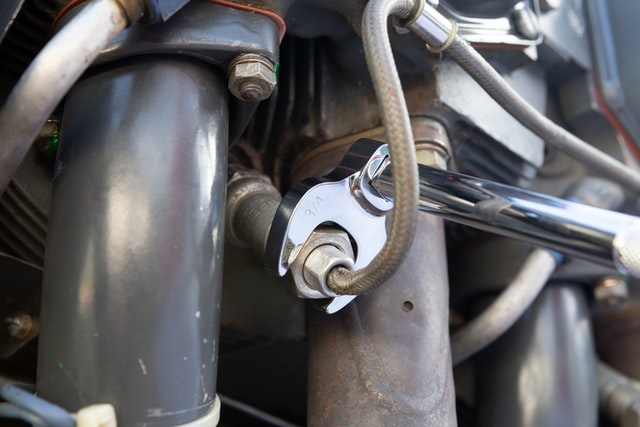
There is no way of checking if a car has been written off previously in an accident
– Richard Green, National Director of the South African Motor Body Repairers’ Association (SAMBRA)
Richard Green, National Director of the South African Motor Body Repairers’ Association (SAMBRA), an association of the Retail Motor Industry Organisation (RMI) says the problem in South Africa is that there is no way of checking if a car has been written off previously in an accident making it difficult for consumers to access if the showroom-condition car they bought is exactly what it claims to be.
Green share a story of a customer who brought in a two-year-old Nissan into a SAMBRA Repair Shop in Bela Bela. With just 28 267km on the clock, the owner had no idea her vehicle had been in an accident previously and had been so poorly repaired that it was structurally unsafe.
“The front body bumper absorber, which is a structural and stabilizing component in most cars, (and this case forms part of the front cradle panel), had been heated or welded together so poorly that the metal strength had been compromised. This had resulted in rust developing in the panel – a sign of early metal fatigue. As it forms part of the crumple zone of a vehicle, the panel should have been replaced with a new part,” Green said.
There were numerous many other serious repair faults on the car too, but the consumer in question had no way of checking the history of the car. “Not only does this have serious legal and cost ramifications, but it talks to the safety of motorists and a growing pool of un-roadworthy and perhaps even stolen vehicles on our roads,” says Green.
If the South African Insurance Association would agree to make write-off information available buyers would be better informed
RICHARD GREEN, NATIONAL DIRECTOR OF THE SOUTH AFRICAN MOTOR BODY REPAIRERS’ ASSOCIATION (SAMBRA)
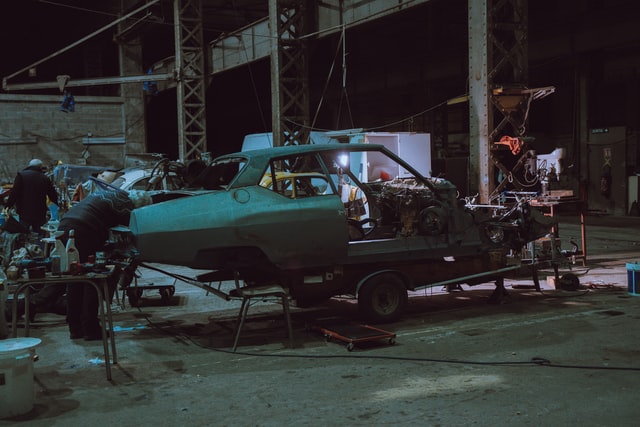
“If the South African Insurance Association (SAIA) would agree to make write-off information available on a public register where the VIN of a vehicle could be checked; buyers would be better informed before making a decision to purchase a used car.
Currently, write-off information is routinely forwarded to SAIA from all insurance companies. SAIA then creates a Vehicle Salvage Data (VSD) system which contains information on salvage vehicles. These are vehicles that have been deregistered by the respective insurers and thus declared salvage after policyholders have been indemnified of their motor claims. A vehicle is considered salvage by the insurance industry if it is written-off following, for instance, a motor accident.

By not making the information publicly available, SAIA is enabling the very two things they claim to be attempting to avoid.
– RICHARD GREEN, NATIONAL DIRECTOR OF THE SOUTH AFRICAN MOTOR BODY REPAIRERS’ ASSOCIATION (SAMBRA)
SAIA however, argues that making the database public, would not only be unlawful, but would allow criminals to have access to the entire motoring insurance industry database of scrapped vehicle VINs, leading to a dramatic increase in false financing and insurance of cloned vehicles.
The reality however, is that “uneconomical to repair” cars continue to be bought by fraudsters and syndicates on salvage yards – complete with Code 2 papers. In many instances they are then poorly repaired before being sold to dealers and unsuspecting consumers who have no way of checking the bona fide history of their second-hand purchase. The papers of these same vehicles are also being used to re-register stolen vehicles as bona fide 2nd hand (code 2) vehicles.
Consumers would be better empowered and enabled through the access to additional data on a used vehicle.
– RICHARD GREEN, NATIONAL DIRECTOR OF THE SOUTH AFRICAN MOTOR BODY REPAIRERS’ ASSOCIATION (SAMBRA)

“In essence, by not making the information publicly available, SAIA is enabling the very two things they claim to be attempting to avoid – criminal activity and an impact on the safety of motorists,” Green concluded.
TransUnion’s Kriben Reddy states that being unable to verify if a vehicle has been previously written off, is a significant problem as many vehicles are being cloned, especially in a consumer-to-consumer environment. “Consumers would be better empowered and enabled through the access to additional data on a used vehicle. As it stands consumers’ access to additional information is limited,” says Reddy.
It seems clear the conversation is not over and there is merit for all parties to revisit a system that is clearly not working.
Soure: Automobil Magazine, RMI
For some curious reason some motorists seem to think that they closer they drive behind the vehicle in front of theirs, the sooner they will reach their destination but all they do is create an unsafe driving environment.
Keeping a safe following distance is one of the most basic safety tips most drivers seem to forget, yet by creating space between your car and the one ahead of yours all drivers immediately minimise bumper to bumper crashes and frustration.
Regardless visibility, weather conditions and traffic volumes maintaining a three-second following distance is a safe thing to practise.

To calculate a three-second following distance:
In poor weather conditions such as fog, rain and snow, your following distance should be increased to at least six seconds. The more adverse the weather becomes; the more space needs to be created between your vehicle and the one ahead of yours.
Rats and mice can cause colossal damage to your car, ranging from chewing through electrical wires to gorging on upholstery
Rats love dark, balmy places and as winter approaches rodents, similar to humans, will be looking to snuggle up wherever they can find warmth. As it turns out, your car’s engine not only provides 5-star accommodation for them but is also a great source of materials on which they can trim their incisors. Many motorists may be unaware that in order to keep their choppers from over growing, rats – and other rodents – need to chomp constantly, else their teeth could grow to impractical lengths.

The vast number of electrical wires, components and other bits and bobs under the bonnet, make a gourmet buffet for cold, hungry furry pests. Just one well chewed wire could be the difference between your car firing up in the morning and you being magnificently late for the school run.
The problem with rodents feasting on your car’s engine components isn’t new but has become increasingly worse over the years. In the past, auto-makers used polymer-based plastic materials to coat electrical wires in an effort to adhere to global recycling and sustainability policies. This has led to car manufacturers switching to plant based substances instead, which are largely made from soy, corn and rice husks. However, these environmentally friendly, yet appetizing ingredients have turned many vehicles into mobile diners for armies of rats.

Bad rodent orthodontics could get you a sympathetic smile from your local technician which will disappear once the conversation turns to the labour intensive and expensive repair work necessary to get your car back in working condition. And of course, rodents partying on your engine components is not covered under warranty.
To help keep you from forking out more than a pretty penny for rodent based repair work…..
Weather you are a seasoned driver or are newly licensed, it is imperative to cultivate good driving habits.
As any motorists will tell you developing bad driving habits is all too easy, but by consciously making a daily effort to drive with care and consideration, it is possible to significantly improve your on-road safety. Here are a few basics to keep in mind next time you turn on the ignition:
Remember that driving under the influence of drugs and alcohol could lead to accidents, injury or in extreme instances, fatalities.
Car hijackings are a common occurrence in South Africa and on the ride daily. Many motorists have fallen victim to this heinous crime or know of someone who has.
Although hijackers can be extremely determined, there are few basic anti-hijacking safety tips you could implement in your everyday driving routine which may help you avoid becoming a car hijacking victim:
Remember to test your tracking device and assist button frequently.